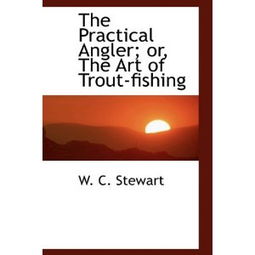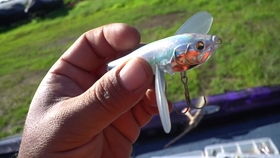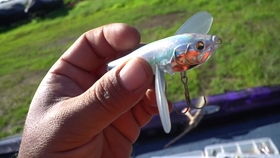本文目录导读:
In the world of angling, the skill of tying a fishing line knot is as essential as choosing the right bait or lure. Whether you're a seasoned fisherman or a beginner, knowing how to securely tie a line to your hook, lure, or leader is crucial for a successful fishing trip. This article will delve into the intricacies of tying fishing line knots, offering practical tips, step-by-step techniques, and helpful visual guides to ensure your knots are as strong as possible.
Understanding the Basics
Before diving into the specifics of each knot, it's important to understand the basics of knot tying. Here are a few key points to keep in mind:
Line Quality: The quality of your fishing line can significantly impact the performance of your knots. Choose a line that is suitable for the type of fishing you plan to do and the species of fish you're targeting.
Line Condition: Check your line for nicks, cuts, or frayed ends. A damaged line can weaken your knots, so it's always better to replace it before it becomes an issue.
Tension: When tying a knot, maintain a consistent tension. Too much tension can make the knot difficult to tie, while too little tension can result in a weak knot.
The Improved Clinch Knot
One of the most popular and versatile knots for attaching lures and hooks is the Improved Clinch Knot. Here's how to tie it:
Pass the Line Through the Loop: Start by making a loop in your line. Pass the end of the line through this loop from the back to the front.
Make a Turn: Take the end of the line and make a turn around the standing part of the line.
Form a New Loop: Take the end of the line and form a new loop over the first loop.
Pass the End Through the Loop: Pass the end of the line through the new loop you've just created.
Pull Tight: Hold the standing part of the line with one hand and pull the tag end through the knot with the other hand. Continue to pull until the knot tightens securely.
Tighten and Trim: Once the knot is tight, trim the tag end close to the knot to prevent it from fraying.
The Palomar Knot
The Palomar Knot is known for its simplicity and strength, making it a favorite among many anglers:
Make a Loop: Take a length of line and form a loop by folding it over itself.
Pass the Loop Through the Loop: Hold the loop and pass the end of the line through the loop you've just made.
Make a Bend: Bend the end of the line back on itself to form a small loop.
Pass the End Through the Bend: Pass the end of the line through the small loop you've just created.
Pull Tight: Hold the standing part of the line with one hand and pull the tag end through the knot with the other hand. Continue to pull until the knot is tight.
Trim the Line: Trim the tag end close to the knot.
Visual Guides
To help you visualize the steps of these knots, here are some helpful images:


Final Thoughts
Mastering the art of tying fishing line knots takes practice, but with the right techniques and visual aids, you can ensure that your knots are both secure and efficient. Whether you're targeting big game fish or just enjoying a peaceful day on the water, knowing how to tie a strong knot can make all the difference. So grab your fishing gear, practice these knots, and enjoy your time on the water with confidence. Happy fishing!












